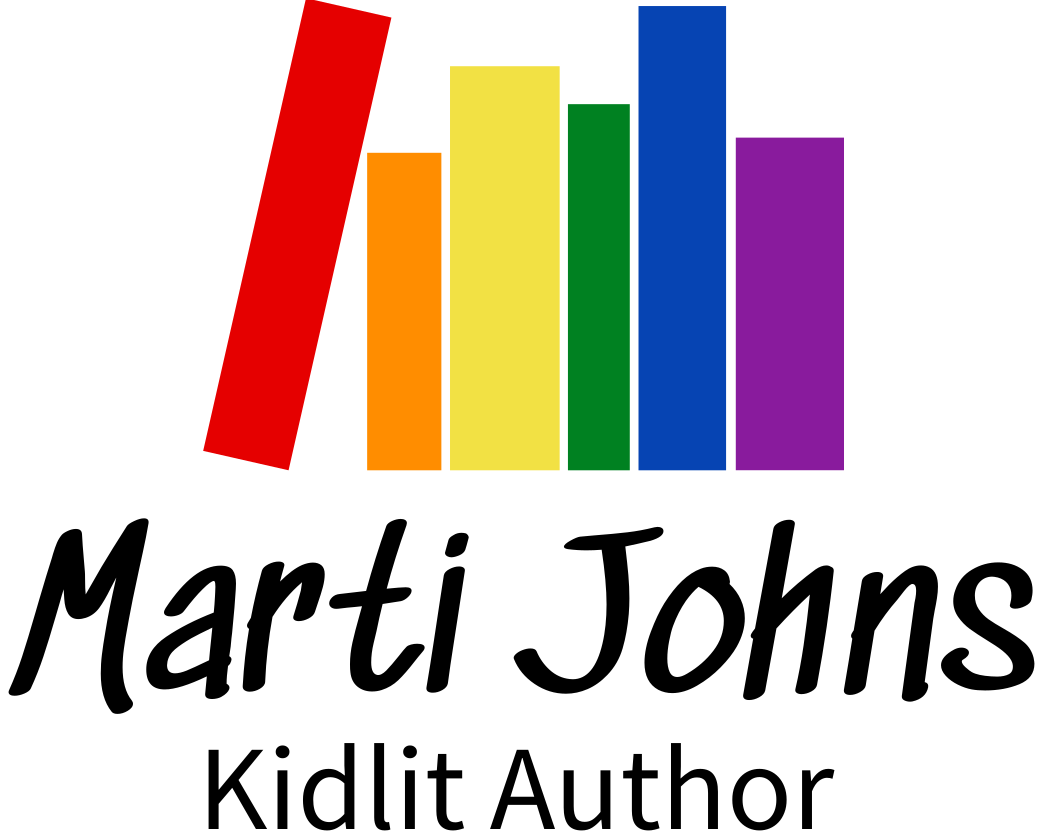
“Piece by piece. Stitch by stitch. That’s how a quilt is made.”
Thus opens Stitch by Stitch: Cleve Jones and the AIDS Memorial Quilt by Rob Sanders, illustrated by Jamey Christoph, and published by Magination Press. This is both a picture book biography of Cleve Jones, and an explanation of the birth and evolution of the AIDS Memorial Quilt.
The word quilt evokes a feeling of comfort and being loved. For much of history, quilts were made by hand and took a long time to put together. You wouldn’t put that much energy into something for someone you didn’t care about deeply. Cleve Jones’ great-grandmother lovingly sewed a quilt for him before he was born (Oct. 11, 1954).
As a young, gay man, Cleve moved to San Francisco, and ended up working as a student intern for Harvey Milk. After Harvey’s assassination in 1978, he became a gay activist. When the AIDS crisis began in the 1980s, Cleve co-founded the San Francisco AIDS Foundation to help. It was Cleve’s idea to create fabric quilt panels to memorialize friends who had died from AIDS. Cleve and his friend, Joseph Durant, made the first two panels. Gert McMullin sewed the panels together. More and more panels were made by families and friends commemorating their loved ones lost to AIDS. In 1987, on Cleve’s birthday, all the panels were displayed on the grass of the National Mall in Washington, D.C. The ground was covered. The names were all read aloud.
The text of this book is both verses of a poem and sentences of prose. Rob’s gentle poem guides the reader through Cleve’s life and the process of the AIDS Memorial Quilt being made. Difficult subjects, like Harvey Milk’s assassination and the AIDS epidemic are thoughtfully explained in age-appropriate vocabulary. Jamey Christoph’s illustrations have a softness to them that imitates the warmth of a cherished quilt. There are several pages of backmatter to encourage further study on Cleve and the AIDS Quilt.
“Its story is beautifully captured in the book’s smooth pacing and brief paragraphs. Readers will follow its journey from that march as it becomes both a monument to mourning and a means of changing the stigma surrounding HIV and AIDS. The weighty backmatter, which includes discussion points, a glossary, timeline, biographies, and brief bibliography, will help educators and caregivers guide further learning. The racial diversity on display throughout the book is admirable.” (Kirkus Reviews)
Reading this book is like wrapping yourself in a beloved, old quilt. I highly recommend adding it to your rainbow book collection.
(For a YouTube video of Rob Sanders reading Stitch by Stitch aloud, click here.)
